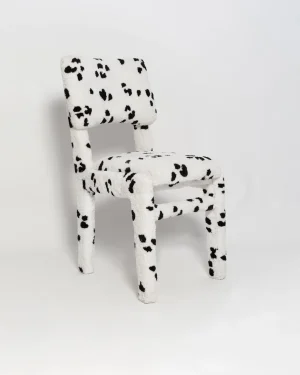Welcome at Adorno, where the timeless material of wool meets artistic innovation. Learn about the history, characteristics, and the myriad benefits of this exquisite material that has captivated artists and designers for centuries.
Origins of Wool Design
- First introduced to the world in ancient times
- Main influences include the need for warmth, protection, and style
- Originated in regions with abundant sheep, such as Europe and Asia
- Emerged due to wool's remarkable insulating and tactile properties
Components of Wool
- Derived from the fleece of sheep and other animals like goats and alpacas
- Known for its natural warmth, softness, and breathability
- Wool fibers are highly versatile, making it suitable for various applications
Techniques in Wool Design
- Felting - A process of matting and pressing wool fibers to create dense textiles
- Weaving - Interlacing threads to produce fabrics with intricate patterns
- Knitting - Creating fabric by interlocking loops of wool yarn
- Dyeing - Coloring wool to achieve a wide range of vibrant hues
Current Uses of Wool
- Lighting - Wool lampshades that emit a warm and inviting glow
- Furniture - Luxurious wool-upholstered chairs and sofas for added comfort
- Decor - Woolen rugs and wall hangings that enhance interiors
The Essence of Wool
Wool, dating back to ancient times, has remained an enduring material cherished for its warmth, softness, and breathability. Its history is intertwined with the human need for comfort, style, and protection from the elements. Artists and designers have harnessed the versatility of wool, employing techniques like felting and weaving to create functional art pieces in categories such as lighting, furniture, and decor.
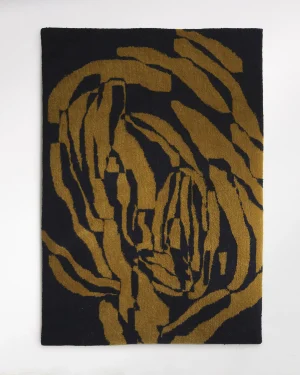 In stock
In stock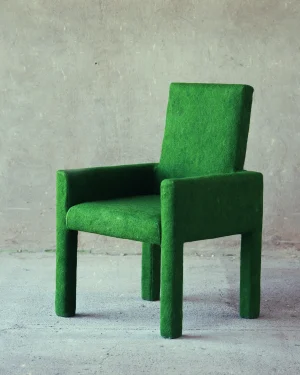
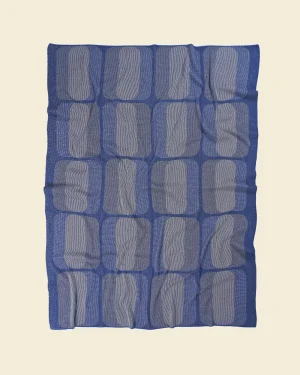 In stock
In stock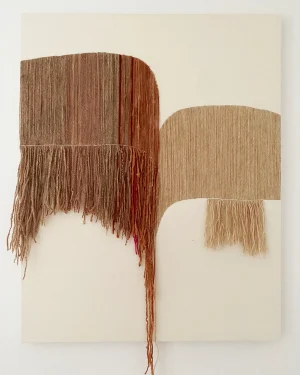 In stock
In stock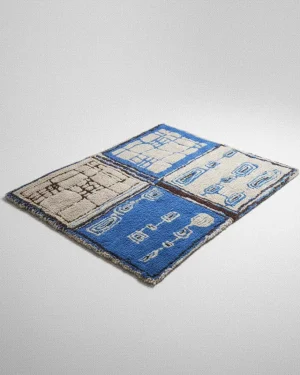 In stock
In stock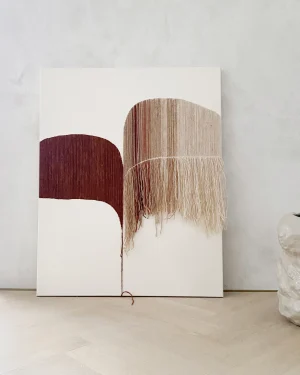 In stock
In stock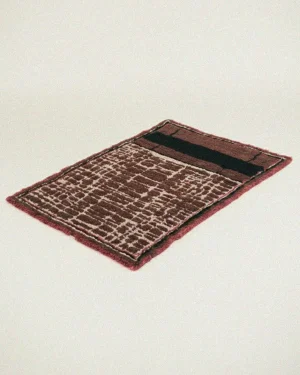 In stock
In stock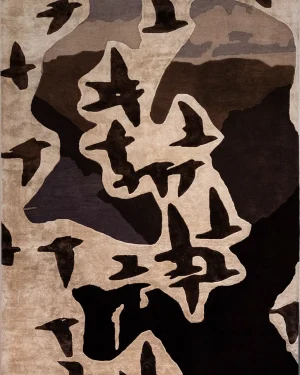 In stock
In stock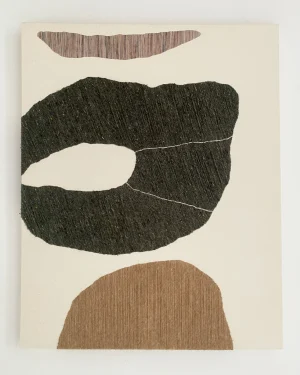 In stock
In stock In stock
In stock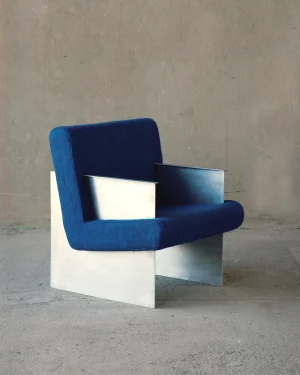
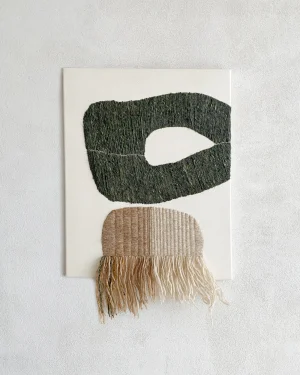 In stock
In stock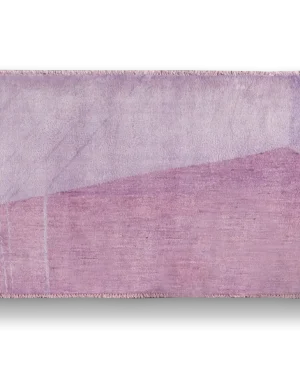 In stock
In stock
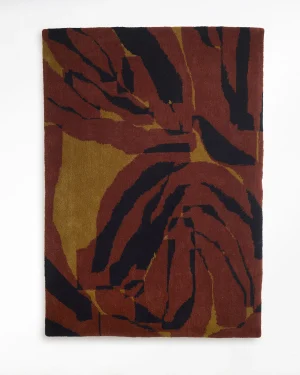 In stock
In stock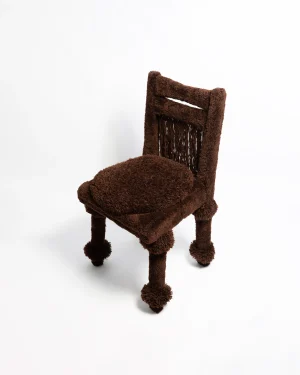 In stock
In stock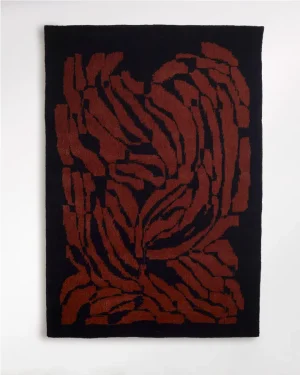 In stock
In stock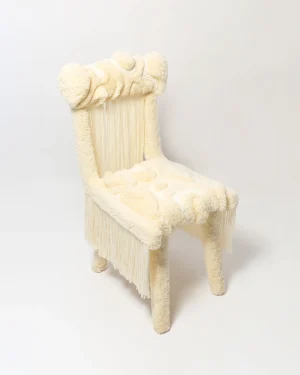 In stock
In stock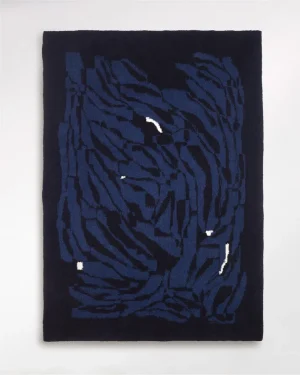 In stock
In stock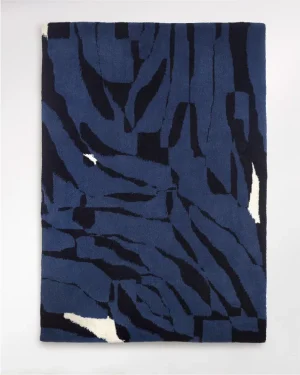 In stock
In stock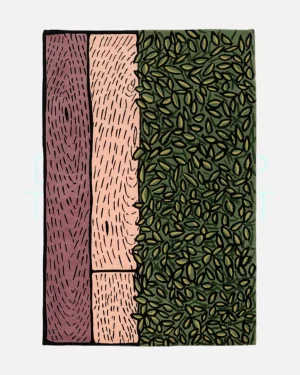 In stock
In stock In stock
In stock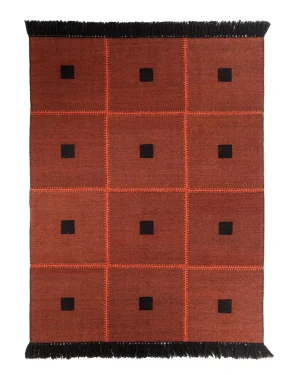
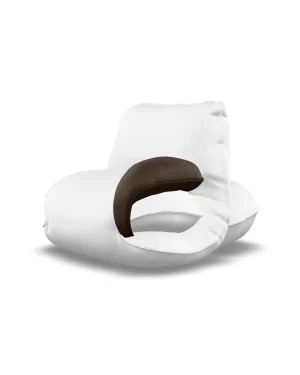
 In stock
In stock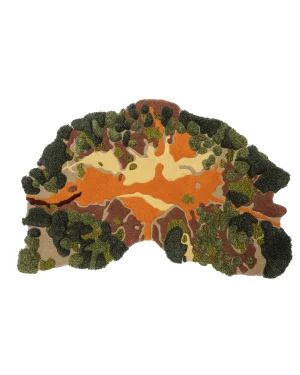 In stock
In stock
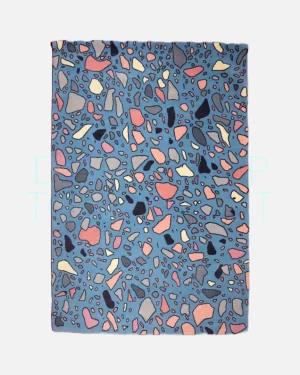 In stock
In stock In stock
In stock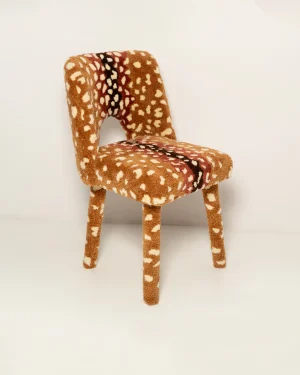 In stock
In stock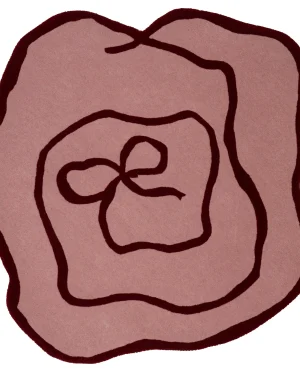
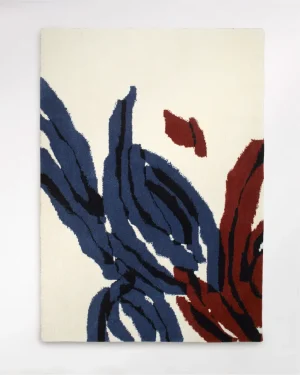 In stock
In stock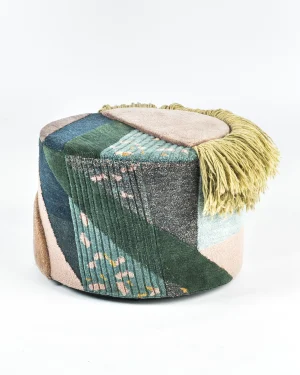 Free shipping
Free shipping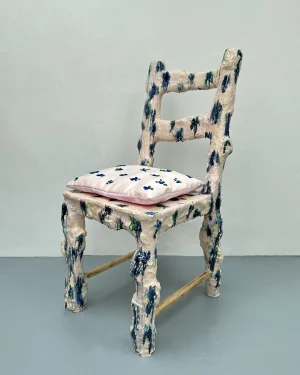 In stock
In stock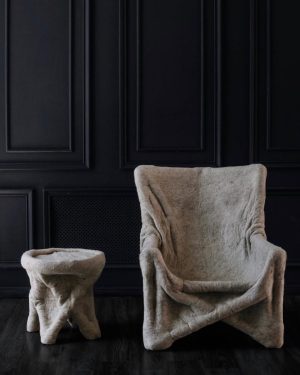 In stock
In stock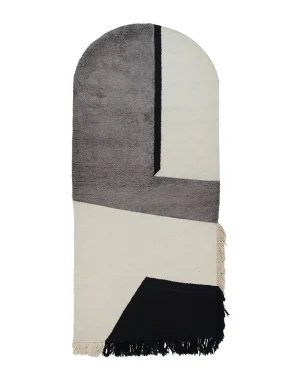 Free shipping
Free shipping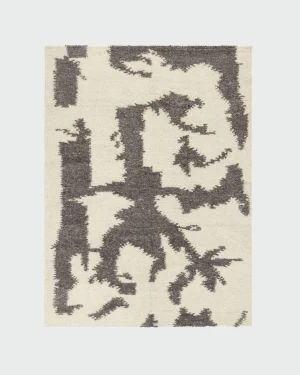
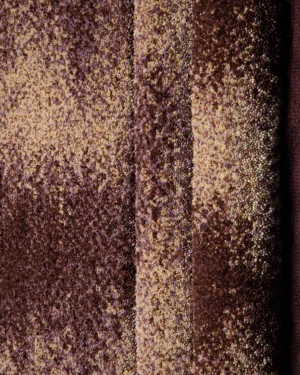 In stock
In stock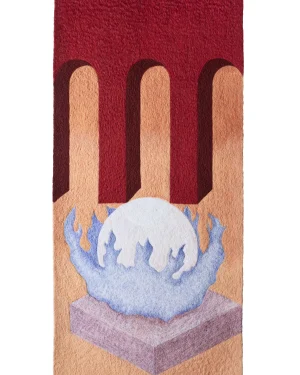 In stock
In stock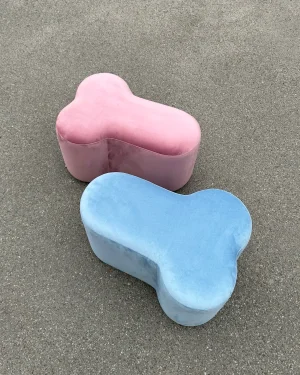
 In stock
In stock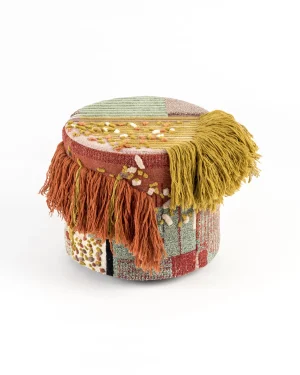 Free shipping
Free shipping In stock
In stock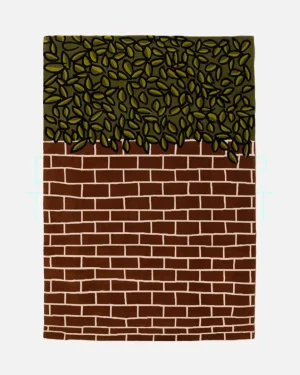 In stock
In stock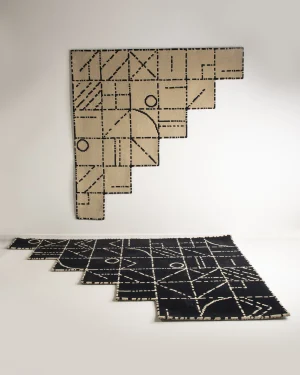 Free shipping
Free shipping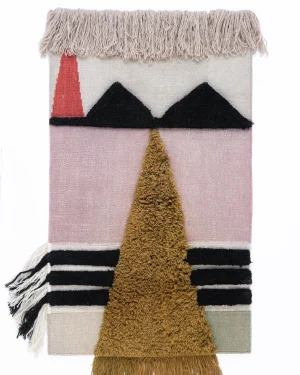 Free shipping
Free shipping In stock
In stock